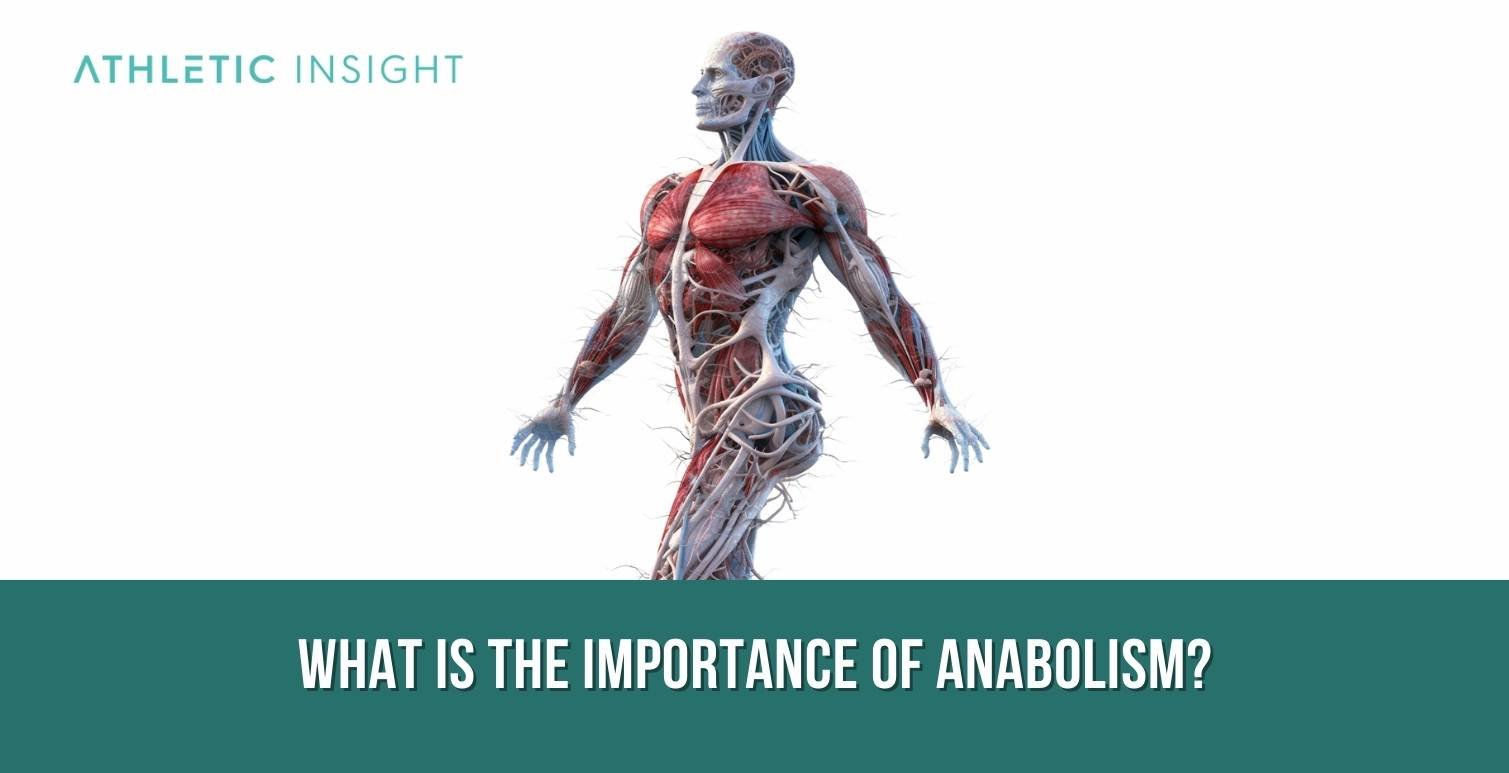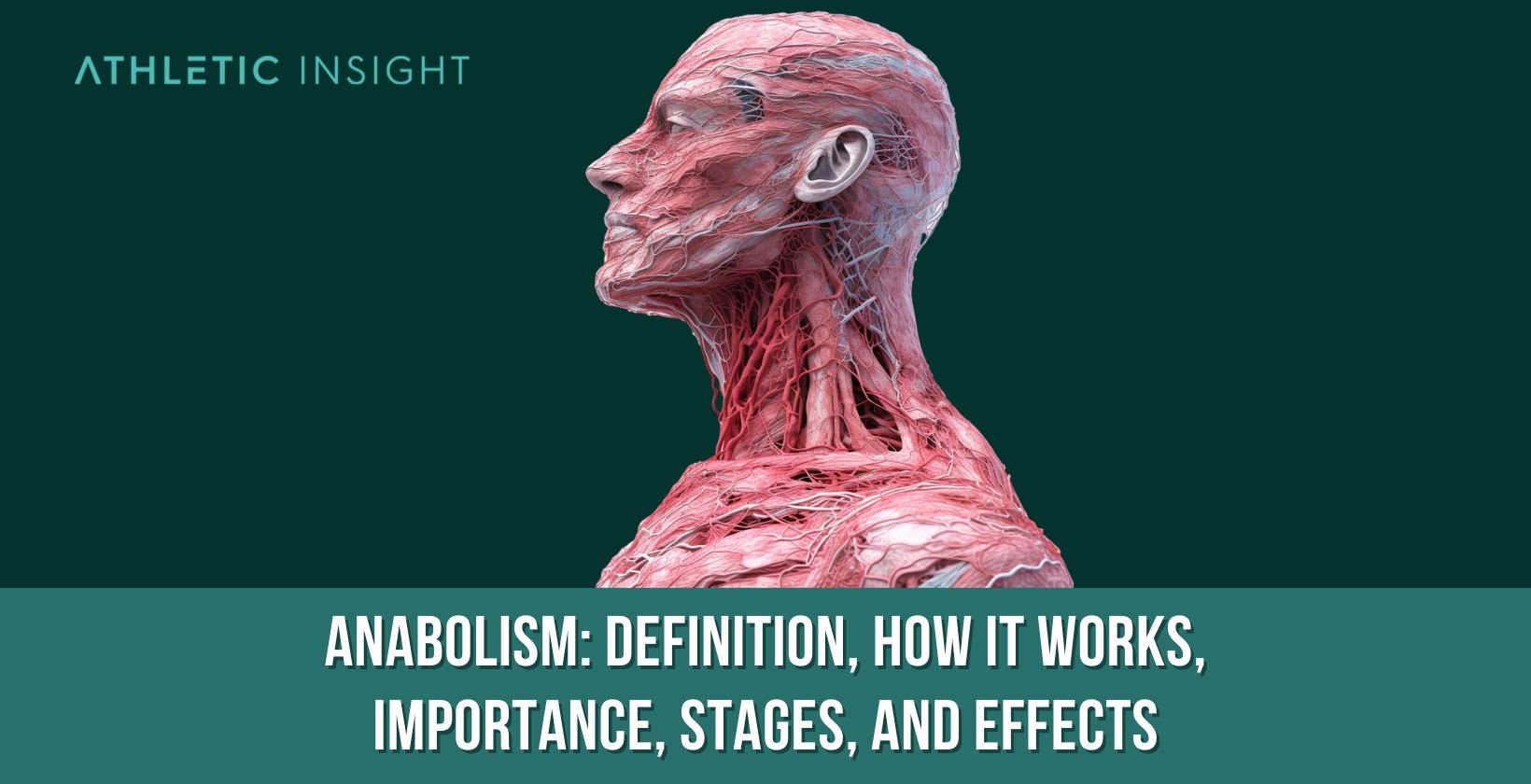Anabolism, a vital part of metabolism’s constructive phase, enables the creation of complex cellular structures from more rudimentary substances. Contrary to catabolism, the process that breaks down molecules to release energy, anabolism utilizes energy to generate new molecules, hence serving as the architect of organismal growth and restoration. It’s a complex biochemical assembly line that transforms simpler compounds, such as amino acids, nucleotides, and monosaccharides, into proteins, nucleic acids, and polysaccharides, respectively, using energy often sourced from adenosine triphosphate (ATP).
Anabolism’s significance is paramount; it underpins key physiological phenomena including growth, tissue repair, and adaptation. Notably, it acts as the propulsion system behind growth spurts in children and adolescents, while in adults, it facilitates the restoration of damaged tissues and cells. This process also incorporates multiple stages, characterized broadly by the origin of precursor molecules. These stages include production of precursors, activation of these precursors to reactive forms, and their assembly into more complex structures.
The effects of anabolism are multi-fold, encompassing the strengthening of the body’s physical structure and bolstering strength and vigor. Anabolic steroids, which stimulate muscle growth and recovery, are examples of anabolic processes used in medical contexts, particularly for conditions causing muscle loss. However, the misuse of such substances underscores the importance of maintaining a balance in anabolic activity. Ultimately, anabolism is the linchpin of life’s continual progression, and understanding it provides valuable insights for the progression of biological sciences.
What is Anabolism?
Anabolism is the metabolic process responsible for the synthesis of complex molecules from simpler precursors. It encompasses various biochemical reactions that build up and maintain the body’s tissues, including the growth and repair of muscles, bones, and other structures. Anabolic processes involve the utilization of energy and resources to create the necessary building blocks for the body’s structure and function.

How does Anabolism work?
Anabolism operates through a series of biochemical reactions driven by enzymes, which facilitate the formation of complex molecules from simpler ones. These reactions often require the input of energy in the form of adenosine triphosphate (ATP) and specific precursor molecules, which serve as building blocks. Anabolism involves various pathways that create macromolecules such as proteins, lipids, carbohydrates, and nucleic acids, which are essential components of cells and tissues.
What is the relationship between Anabolism and Metabolism?
Anabolism is a crucial component of metabolism, which is the sum of all chemical reactions occurring within an organism. The metabolism consists of two primary processes: anabolism and catabolism. While anabolism is focused on building up complex molecules from simpler ones, catabolism involves the breakdown of complex molecules into simpler units, releasing energy in the process. Together, anabolism and catabolism maintain a delicate balance, ensuring that the body has sufficient energy and resources for its various functions.
How does Anabolism differ from Catabolism?
Anabolism and catabolism are opposing metabolic processes with distinct objectives. Anabolism is energy-consuming and constructive, synthesizing complex molecules from simpler precursors. In contrast, catabolism is energy-releasing and degradative, breaking down complex molecules into simpler units. While anabolism supports growth, repair, and maintenance of tissues, catabolism provides the energy required for these processes and other bodily functions.
What is the importance of Anabolism?
Anabolism is vital for numerous aspects of an organism’s life, including growth, development, tissue repair, and overall health. By synthesizing complex molecules from simpler ones, anabolism ensures that cells and tissues have the necessary components to function optimally. Additionally, anabolism contributes to energy storage by creating molecules such as glycogen and triglycerides, which can be broken down when needed to supply the body with energy.

What are the Stages of Anabolism?
Anabolism proceeds through three stages, including precursor activation, assembly, and polymerization.
- Precursor activation: In this stage, precursor molecules are modified to facilitate their incorporation into more complex structures.
- Assembly: Modified precursor molecules are combined to create macromolecules, such as proteins, lipids, carbohydrates, and nucleic acids.
- Polymerization: Macromolecules are further assembled into larger structures, such as cellular components and tissues.
How does Anabolic metabolism contribute to energy storage in the body?
Anabolic metabolism is crucial for energy storage by synthesizing molecules that can be broken down when energy is required. Some examples of energy storage molecules produced through anabolism include glycogen, which stores glucose in the liver and muscles, and triglycerides, which store fatty acids in adipose tissue. These energy reserves are critical for maintaining the body’s energy balance and providing fuel during periods of increased demand, such as exercise or fasting.
How do insulin and growth hormones affect Anabolism process?
Insulin and growth hormones play essential roles in regulating the anabolic process. Insulin, a hormone released by the pancreas, primarily promotes glucose uptake and utilization by cells, thus encouraging anabolic processes, such as glycogen synthesis and protein synthesis. Insulin also inhibits catabolic pathways, preventing the breakdown of stored energy reserves.
Growth hormone, secreted by the pituitary gland, stimulates anabolism by promoting the synthesis of proteins, lipids, and carbohydrates, primarily in muscle and bone tissues. It also enhances the mobilization of fatty acids from adipose tissue, providing additional energy for anabolic processes. Together, insulin and growth hormones create a favorable environment for growth, repair, and energy storage within the body.
What is the effect of Anabolism to the body?
Anabolism has numerous effects on the body, including supporting growth, development, and the maintenance of tissues and organs. Through the synthesis of complex molecules, anabolism ensures that cells and tissues have the necessary components for their structure and function. Moreover, anabolism plays a vital role in energy storage and the regulation of metabolism, helping the body adapt to changing conditions and demands.
How does Anabolism affect Athlete’s Sport Performance?
Anabolism is essential for athletes, as it supports muscle growth, repair, and adaptation in response to exercise and training. By synthesizing proteins, carbohydrates, and lipids, anabolism enables the body to rebuild and strengthen muscle tissue, which can lead to improved athletic performance. Furthermore, anabolism contributes to energy storage, ensuring that athletes have sufficient energy reserves to power through demanding workouts and competitions.
What is the role of Anabolism in Exercise or training?
Anabolism plays a critical role in exercise and training by promoting the growth, repair, and adaptation of muscles and other tissues. During exercise, muscle fibers undergo stress and damage, necessitating repair and regeneration.

Anabolic processes facilitate these recovery processes by synthesizing new proteins, carbohydrates, and lipids, which replace damaged components and promote tissue growth. This adaptation enables the body to become stronger and more resilient to future physical stressors.
Can Anabolism help grow muscle?
Yes, anabolism is essential for muscle growth. Through the synthesis of proteins and other macromolecules, anabolic processes enable the body to repair damaged muscle fibers and build new tissue. This growth and adaptation result in increased muscle mass and strength, which can improve physical performance and overall health.
How does Anabolism affect diet?
Anabolism is influenced by diet, as the nutrients consumed provide the building blocks and energy required for the synthesis of complex molecules. A well-balanced anabolic diet, rich in proteins, carbohydrates, and healthy fats, supports anabolic processes by supplying the necessary precursors and energy for tissue growth and repair. Moreover, specific nutrients, such as amino acids and vitamins, can directly affect anabolic pathways by serving as cofactors for enzymes or regulating hormonal responses.
Is Anabolism a factor to lose weight?
While anabolism is not directly responsible for weight loss, it can indirectly influence weight management by contributing to the development of lean body mass, such as muscle tissue. An increase in muscle mass can lead to a higher resting metabolic rate, as muscle tissue requires more energy to maintain than fat tissue.
Consequently, a higher muscle mass may result in increased energy expenditure, which can contribute to weight loss when combined with a well-balanced diet and regular physical activity. It is essential to note that anabolism and catabolism work together in weight management, and a healthy balance between these processes is crucial for optimal results.
Will Losing Weight Improve More with Anabolism or Catabolism?
Losing weight is more directly related to catabolism than anabolism, but both metabolic processes play crucial roles in the overall management of body weight and composition. So, rather than comparing anabolism versus catabolism for managing weight, focus on both.



